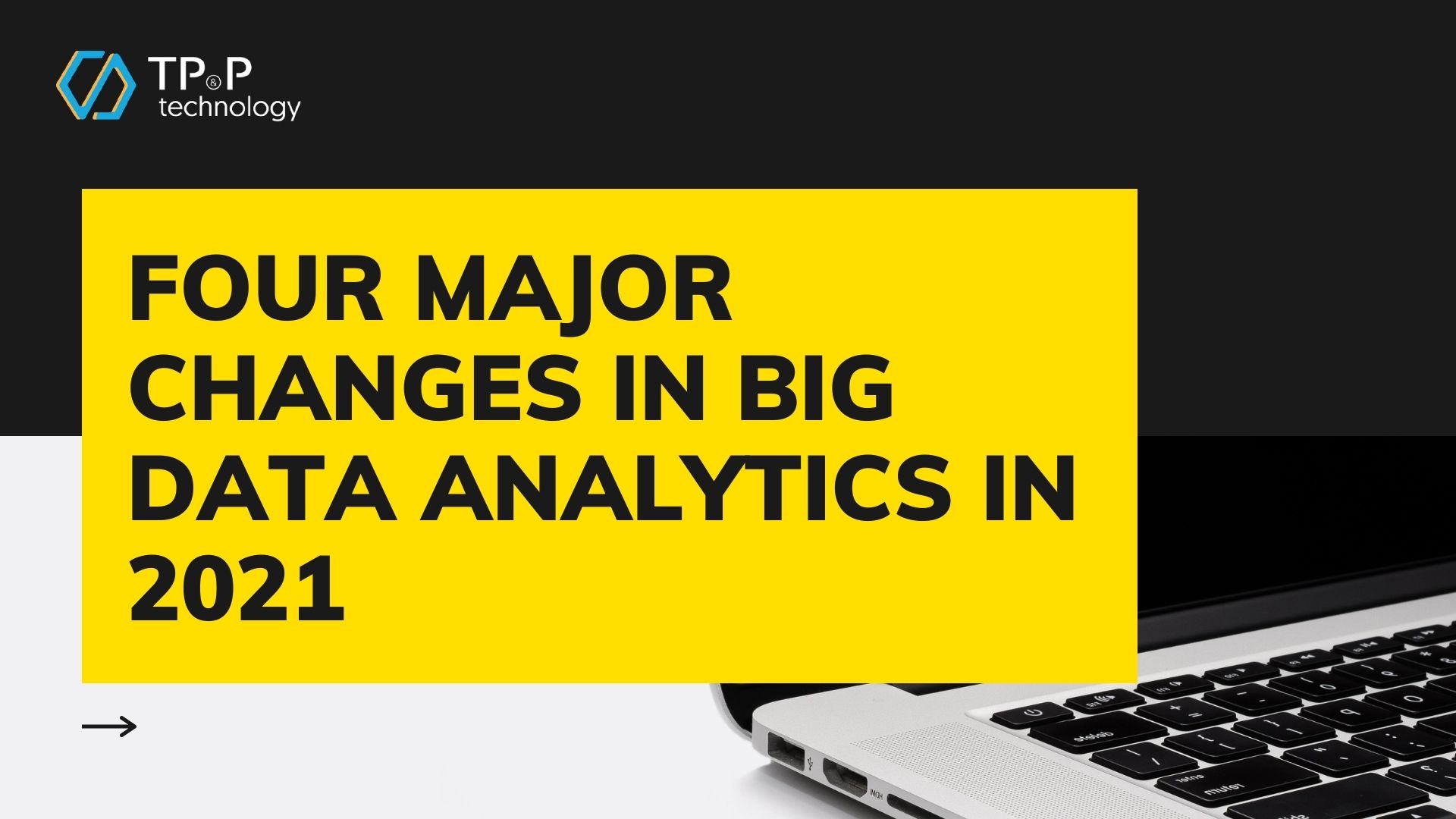
Four Major Changes In Big Data & Analytics In 2021
Now that the first quarter of 2021 has passed, we’re slowly adapting to the lifestyle caused by the pandemic. All businesses in all industries are changing, so what about data analytics?
As someone in the industry, we predict that more and more companies will begin to turn to data to make strategic decisions. This year, we will see the significant impact of business users on data and analytics due to the need to quickly adapt to the pandemic and be ready for the post-pandemic world.
Before the COVID-19 pandemic hit, the demand for data analysis skills was expected to increase. As of the end of 2019, LinkedIn reported that four of the top tens kills in demand in 2020 were data-analytics-related. Even after the pandemic occurred, LinkedIn reported that two of the five fastest-growing skills were related to data analysis.
The pandemic has increased the company’s demand for data analysis skills.
Chief Data Officers and Chief Analytics Officers will face new challenges from entrepreneurs, who need to acquire more data faster to transform data into business results. So how what trend will dominate data analytics for the rest of 2021? Here are the four major trends that will take place this year:
Business users drive demand for on-demand data.
“Time kills all deals”, this is the popular saying among sales executive and teams. A slightly different sentence applies to companies, “time kills opportunities”. If a decision needs four months of data gathering to be made, then the opportunity is lost. 
In order for enterprises to quickly obtain key results and opportunities, they need to obtain data quickly. This means rethinking the old norms of lengthy ETL jobs, complex data migration, and slow manual data preparation.
This also means that the wall between business and data needs to be removed. Technology-oriented departments do not always see things in the same way as others.
In fact, there is evidence that personality types that stand out in tech roles may be significantly different from those in other departments, like marketing or sales. In the discussion on improving cross-departmental collaboration, it is important to manage a collaborative culture.
Artificial intelligence-driven data storytelling and narrative
Although there is an old saying that a picture is worth a thousand words, using data to tell a story is not always that simple. The pictures made from data usually require explanation, and not everyone has the same visualization and storytelling skills. Or the story cannot be told consistently to everyone.
Bob Violino, who is a veteran technology and business journalist discussed some of the best practices for data visualization are understanding your audience, making visualization as simple as possible, and also providing a platform for your team to work together on visualization
This is where AI will play an important role in explaining more accessible, consistent, and engaging answers through data visualization. If applied properly, an organization will spend less time discussing the results and more time for action.
Dedicated data and analytical collaboration solutions
In 2017, CIO Magazine explored the leadership traits of successful CIOs based on the California Psychological Survey and pointed out that “flexibility” and “independence” are the two most important traits.
Regarding the latter, the author emphasizes the importance of maintaining collaboration and feedback loops. It is expected to see specialist collaboration solutions in 2021 that enable data and analytics teams to communicate with each other and interact with customers - ensuring the seamless flow of data throughout the system, eliminating teams working in silos.
IT companies have transformed from telephone and email interactions to modern multichannel customer experience solutions. IT is acting as a partner for service providers more than ever. Data and analysis need to follow the IT’s lead.
Visualization
For anyone who is not familiar with the concept of data visualization, data visualization is the graphical representation of data. Data can be visualized using charts, graphs, and maps. It is everywhere. A recent report predicts that the visualization tools market will grow from $8.85 billion to $19.2 billion in 2027.
Visualization is no longer just for analysts. Data-aware employees currently use it to help drive their organization forward.
Embedded Analytics
It is reported that many businesses tried to improve the performance of a metric-gathering application, but were unsuccessful until they chose to use an embedded analytics solution.
Companies who want to follow suit by obtaining more visualization capabilities should focus on the problem they are trying to solve, and then start simple and choose a relatively achievable goal.
Bottom line
2021 is the year that consumers and citizen analysts will play a critical role in data. Companies that understand and meet the demand of data and analytics will be able to succeed in 2021 and beyond.
To understand more about the impact of big data on businesses, read this article to know more.



